|
On one level, we are making friends with our whole leg, lower leg, foot and ankle. On another level, we are softening the chest, lengthening the back--lowering the static along the back body including back of the leg. This is a good moment to consider "reciprocal inhibition" - the principle that when the muscle on one side is working, the muscles on the other (ideally) soften. So, when we are lifting the head, we are engaging (gently) the front of us, which encourages the back of us to soften. And when we stand, things are recalibrated. What does that feel like? Perhaps greater stability with less work. You might feel like putting your socks on has suddenly become much more graceful, with your balance improved. Your hip joints may feel alive and softly present. Or, perhaps you feel how soft your lower ribs are, and how easy breathing is. Maybe something different? Here's a photo reminder of some of the possible shapes you may make (imagine me setting the timer on my phone and rushing to the floor! You'll probably be more relaxed. . .). Just so you know, these are after I have done this lesson--you may start with your legs much more bent than this. We finished with some variations of rolling and twisting for integration, and a wee chat among ourselves, which is not included in the recording.
0 Comments
This class is an exploration of various positions, and how we send the breath into the chest, and into the abdomen (an anatomical impossibility, but a useful image) --sometimes called seesaw breath in other lessons. The recording is edited for this evening (I've taken out the 5 minutes when we were off line), and is posted below in audio only. Meanwhile, here is an explainer video to help you understand a few things that are going on when we breathe, and a few reasons why we would want to do a lesson that takes on the disturbances that many of us have: tightness in the intercostal muscles, for example, or only breathing in the chest or the abdomen. What this class does not do is teach you how to breathe: why? Because Feldenkrais classes give you many experiences to learn within, so that what emerges is an organization that YOU choose. This avoids people mistakenly taking on one way, thinking it is the right way, and adapting that one way to meet all situations. After all, we need many ways to breathe, an many shapes to be in to meet all the demands of our lives. One right way isn't enough. Knowing what is possible, and trying many things, is what feeds our nervous system's bank of choices to choose from, building wise body-minds. If you would like to revisit the ideas of this lesson, here is an idea: 1. Try the lesson in your bed. 2. Try one position that you remember, and experiment with the seesaw breathing maneuver slowly, then quickly. Hint: avoid arching your back when breathing into your abdomen. If you feel a bit sore in your back, it’s a possibility that you are doing something unnecessary there. Try placing one of your hands behind your low back to feel what is going on as you do that. See if you can soften there. The audio for this is on Patreon: Heather Danso Emanuel GCFP | Creating Movement lessons & puzzles for health and wellness | Patreon
"The Nervous System is self-organizing, which means that it does not need to be corrected, but rather fed lots of different options. So it can organize well. So we can organize well. And we do that by sensing the differences and by trying many many ways...."
Use the introductory time to settle (it takes a while to settle into the floor). We are process oriented, being here in a resourceful way.... Use this time on the floor to clarify your self-image, be with yourself gently, and approach your learning as a kind and supportive teacher for yourself. |
HOW-TORecorded at public classes, All audio classes are now on Patreon. Please read the HOW-TO before doing a lesson. Archives
April 2024
Categories
All
|
||||||||
Heather Emanuel, GCFPSchedule Appointment
|
|

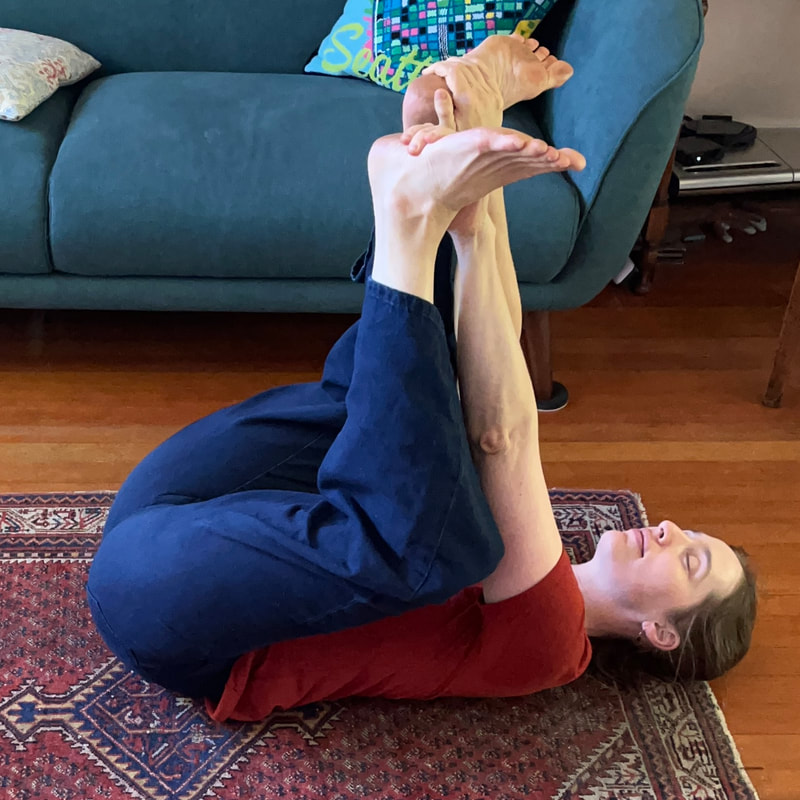
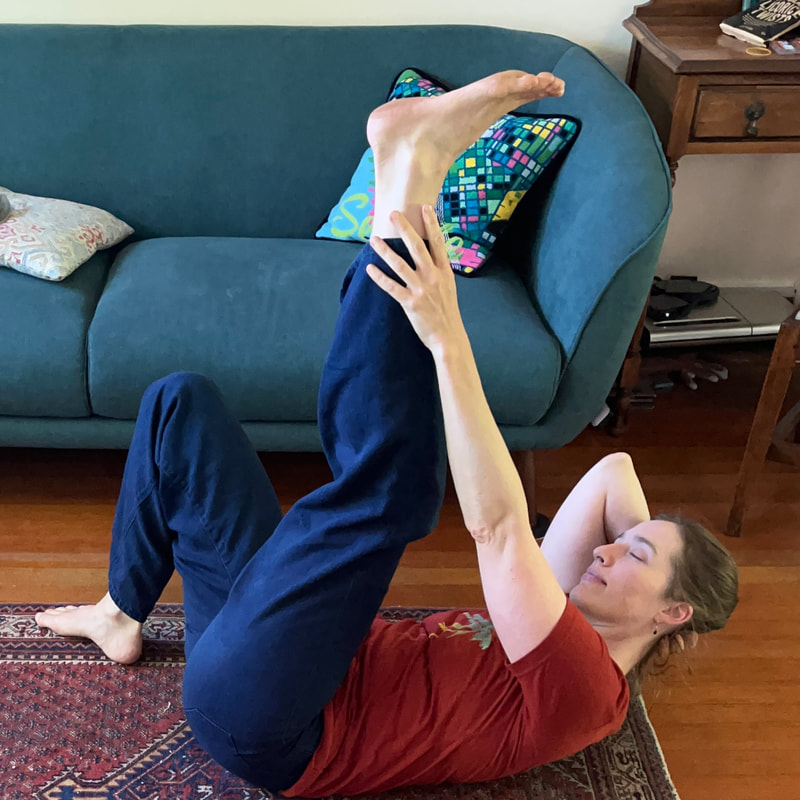
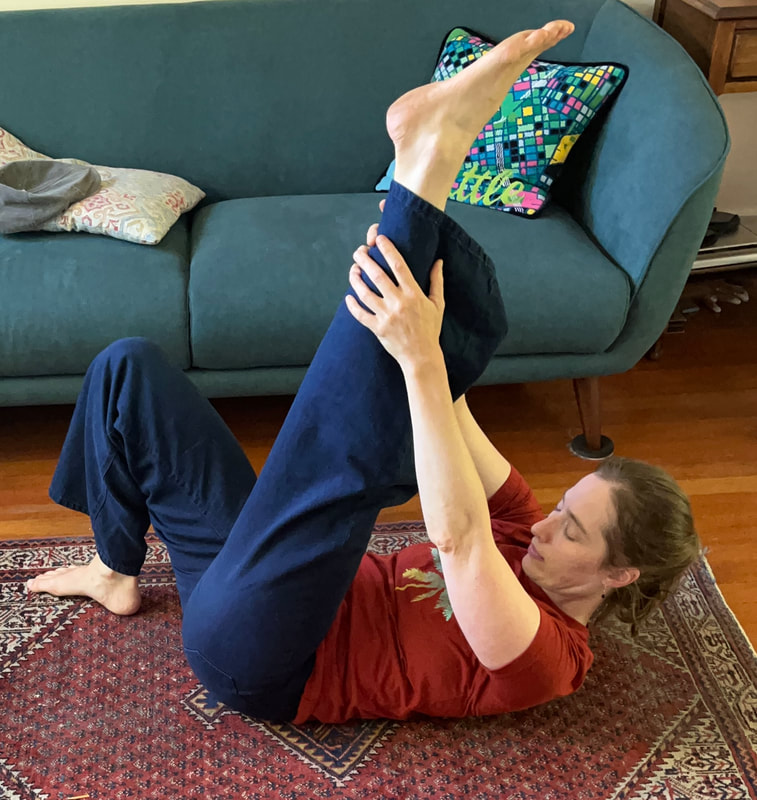
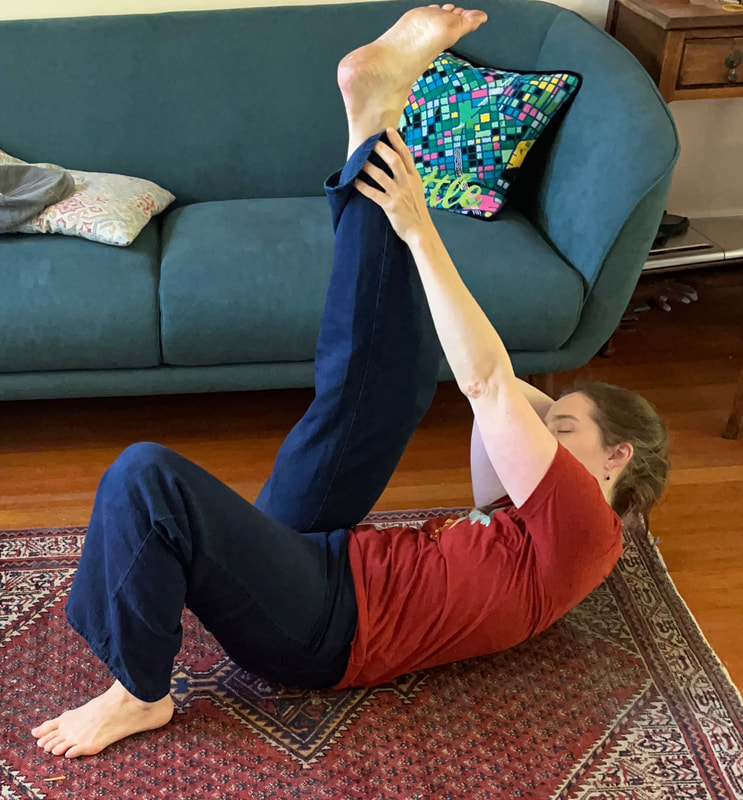
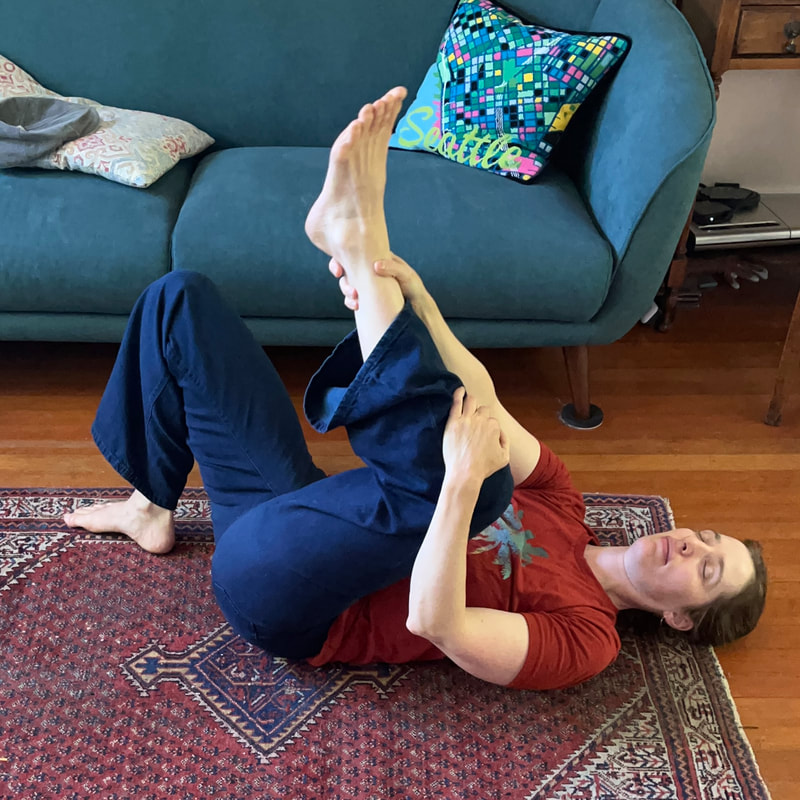
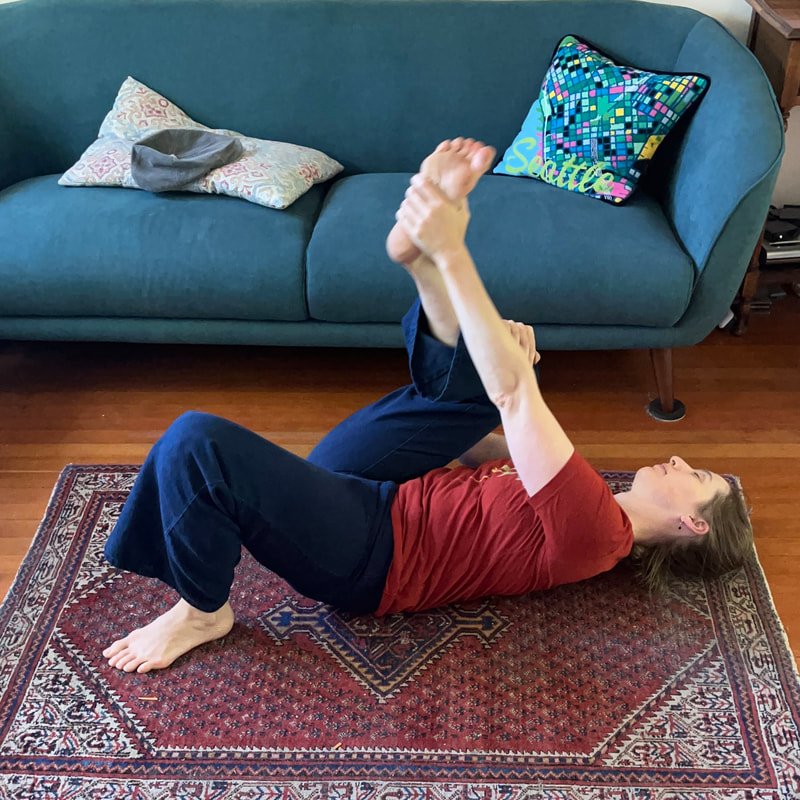
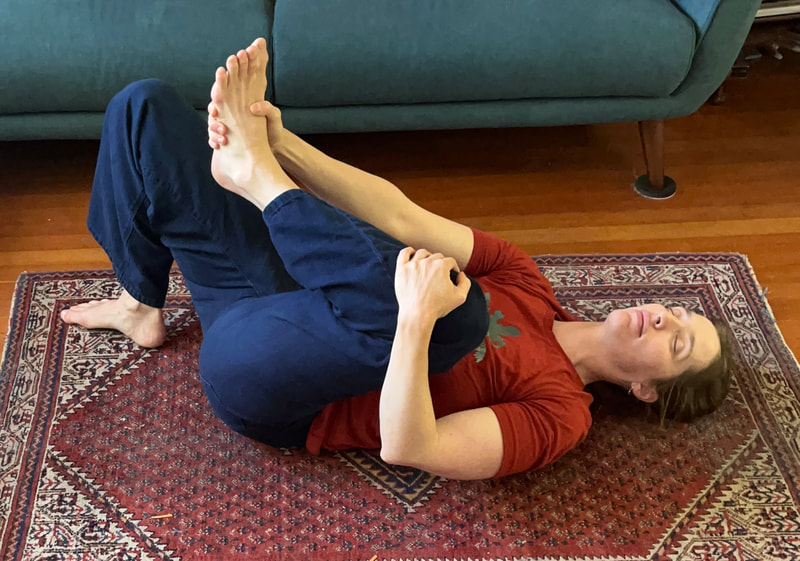
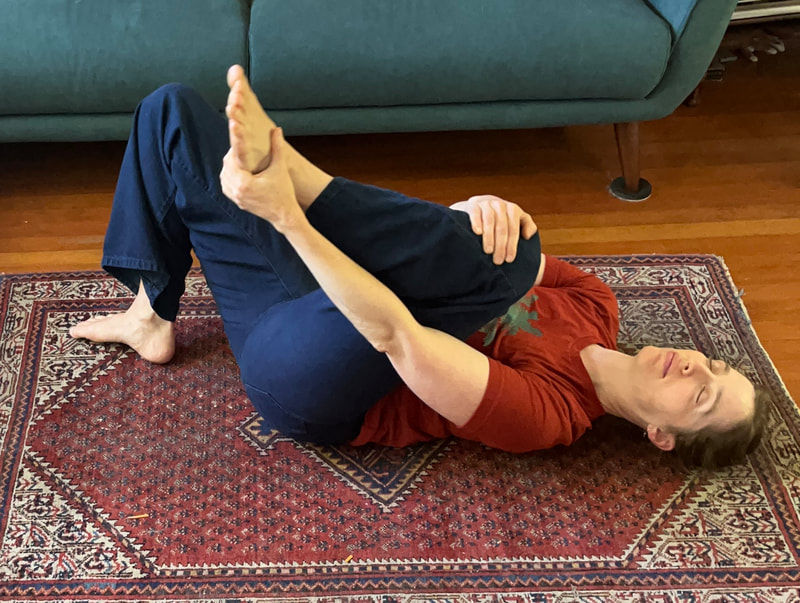
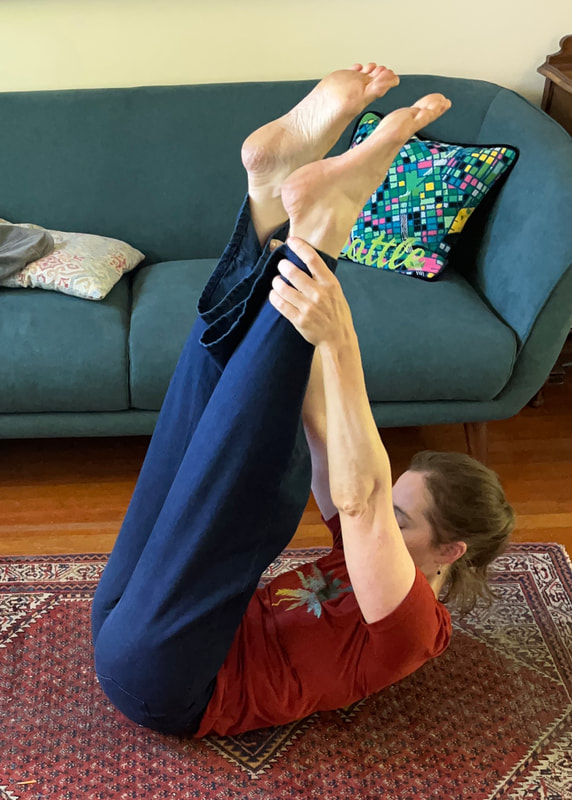
 RSS Feed
RSS Feed